The daxiangguo Temple
Daxiangguo Temple, formerly known as Jianguo Temple, is located in the western section of Kaifeng Freedom Road. It is a famous Buddhist temple in China. It was founded in Tianbao, Northern Qi Dynasty, in 555, in Yanhe, the first year of Tang Dynasty, in 712. Tang Ruizhong was named Daxiangguo Temple in memory of its ascension to the throne by the Xiangwang. During the Northern Song Dynasty, the Xiangguo Temple was highly respected by the Royal family. It was expanded many times. It was the largest monastery in Beijing and the national Buddhist activity center. It was destroyed by war and floods. The ten years of Kangxi reinvention in the Qing Dynasty (1671). Preserved in Tianwang Hall, Daxiong Palace, Octagonal Liuli Hall, Tibetan Sutra Building, Thousand-Handed Thousand-Eye Buddha and other palaces and monuments. In August 1992, Buddhist activities were resumed, and buildings such as bells and drum towers were rebuilt. The whole monastery is well-laid out and magnificent. In 2002, it was rated as a national AAAA-level tourist attraction.
Historical Evolution
Daxiangguo Temple is traditionally the old residence of Prince Xinling of Wei in the Warring States Period.
Tianbao in Northern Qi Dynasty was founded here in 555. It was destroyed by flood and fire. It has a history of more than 1400 years.
In the early Tang Dynasty, it was Sima Zhengjing residence in Shezhou. In the first year of Chang'an (701), Huiyun monk raised money to build a monastery. In the first year of Yanhe (712), Ruizhong Royal Decree was renamed Xiangguo Temple , and the plaque of "Daxiangguo Temple" was given, commonly known as Xiangguo Temple. During the Dashun reign of Zhaozong (890-891), it was destroyed by fire and then rebuilt.
In May of the third year of Jianlong (962), Taizu of the Song Dynasty suffered another fire and was rebuilt. By the first year of Taoism (1995), large-scale expansion began; Xianping four years (1001), completed.
In the second year of Hongwu Ming Dynasty (1396), it was repaired and then suffered from floods. Yongle 4 years (1406), Ming Chenghua 20 years (1484) twice to repair, and was awarded "Chongfa Temple" Jinjing 16 years (1537) to restore the Sacred Capital Cabinet. Jiajing 32 years (1553) and Wanli 35 years (1607) were rebuilt. In the fifteen years of Chongzhen (1642), the Yellow River flooded, Kaifeng was flooded and the buildings were completely destroyed.
In 1661, Shunzhi in Qing Dynasty rebuilt Shanmen, Tianwangdian Hall and Daxiong Palace, and renamed Xiangguo Temple. In the ten years of Kangxi reinvention (1671), the Tibetan Sutra Building was rebuilt. During the sixteenth to twenty-first years of Kangxi, the central hall and the left and right corridors were built. In the 31st year of Qianlong reinvention (1776), the existing temples were built at that time. In the twenty-four years of Jiaqing, the "Zhihai Zen Temple" was rebuilt. In the years of Daoguang and Guangxu, some sporadic renovations were also made.
In the early years of the Republic of China (1912-1919), the octagonal hall was renovated and the court was rebuilt. In the 16th year of the Republic of China (1927), Feng Yuxiang changed Xiangguo Temple into "Zhongshan Market". In 1922 (1933), Liu Shi relocated the Provincial People's Education Museum to Xiangguo Temple.
After 1949, Xiangguo Temple was rebuilt and restored.
geographical environment
Daxiangguo Temple is located in the hinterland of the Central Plains, the eastern Henan Plain and the southern wing of the large alluvial fan in the lower reaches of the Yellow River. It is located in the western section of Free Road, Kaifeng City, Henan Province. It belongs to the continental monsoon climate of warm temperate zone. It has four distinct seasons, abundant sunshine, mild climate and moderate rainfall.
architectural composition
Daxiangguo Temple is the traditional layout of axes in China. Its main buildings are gates, Tianwang Hall, Daxiong Hall, Octagonal Liuli Hall and Tibetan Sutra Hall, which are distributed along the axes from south to north. The East-West attic and the luxury corridor are opposite on both sides of the hall. Both the Tibetan Jingge and the Daxiong Palace are Qing Dynasty buildings, with double eaves and Xieshan Mountain in form, overlapping layers of buckets and arches, covered with yellow and green glazed tiles. The palace is surrounded by white stone railings around the platform. The octagonal glazed hall rises high in the center and is surrounded by verandas, with glazed tiles on the top and bells hanging at the wing angles. Inside the hall is a wooden statue of Guan Shiyin with thousand hands and dry eyes on all sides of the Tantra Sect. It is about seven meters high and covered with gold. It is said that it is carved from a whole ginkgo tree, which is exquisite. The bell tower contains a huge clock about four meters high in the Qing Dynasty, weighing more than 10,000 kilograms. It is called "Xiangguo Frost Bell" and is one of the eight sceneries in Kaifeng.
Main attractions
Mountain Gate
The Mountain Gate of Daxiangguo Temple was built in Qianlong of Qing Dynasty. When Kaifeng was liberated, it was destroyed by artillery fire. After liberation, the government built a brick archway to make the mountain gate. Today's temple-style Mountain Gate was built by the monks who are in the abbot's heart. The plaque was written by Zhao Puchu, former president of the Chinese Buddhist Association.
Two floor of bell drum
The bell and drum buildings of Daxiangguo Temple were rebuilt in 1992. The copper bell hanging in the bell tower is a relic of the reign of Emperor Qianlong in Qing Dynasty. It weighs five tons, is 2.23 meters high and has a diameter of 1.81 meters. It is inscribed with the sixteen characters of "Falun Chang, Emperor Tu Yongguo, Emperor Dao Leisure Chang, Buddha Rizenghui". Bells sound loud and beautiful, especially in autumn and winter frost knock, clear voice, ringing throughout the city, known as the "Xiangguo Frost Bell" reputation, is one of the eight sceneries in Bianjing.
Hall of Heavenly Kings
Daxiangguo Temple, built during the reign of Qianlong in the Qing Dynasty, has five broad halls, three deep halls, one eave Xieshan, green glazed tile roof, and the front of the lintel hall is also the subject of Zhao Puchu's residence.
Main hall
After the Temple of Heavenly Kings, the magnificent building of Xieshan in Chongyan is the main hall of Daxiangguo Temple, which was built in Shunzhi year of the Qing Dynasty. The hall is 7 rooms wide, 5 rooms deep and about 13 meters high. It has a magnificent momentum and can be regarded as the treasure of ancient buildings and is known as the "First Hall of the Central Plains". There are 58 lions carved around the hall and on the observation pillars of white stone balustrades on the platform. They are exquisitely carved and in different shapes. In the hall of this great hall, there are Sakyamuni, Amitabha Buddha and Pharmacist Buddha III, all of which are raised by one foot and three feet. The eighteen Arhats are worshipped on the foundations of the East and West platforms. Behind the third Buddha is the large-scale sculpture of the island Guanyin, which is based on the story of 53 Shen, a good-for-money boy in the Huayan Jing. It vividly shows the scene of Guanyin Pudu in the South China Sea.
Octagonal Glaze Hall
The third Buddhist hall on the central axis is called the Arhat Hall, octagonal shape, commonly known as the "octagonal glazed hall". Its unique shape is unique in Chinese Buddhist temples. The hall was built in the reign of Qianlong in the Qing Dynasty. It covers 828 square meters and consists of three parts: the veranda hall, the courtyard and the central pavilion.
In the octagonal pavilion in the center of Luohan Hall, a statue of Guanyin Bodhisattva with thousands of hands and eyes is worshipped. This statue is carved from a complete ginkgo tree. It is an artistic masterpiece completed by an unknown folk artist in the Qianlong Dynasty with 58 years of painstaking efforts. Like more than 3 meters tall, weighing about 2,000 kilograms, the four sides are the same shape, each side has six big hands and fan-shaped small hands three to four layers, each hand is engraved with one eye, a total of 1,048 eyes, commonly known as "Thousand Eyes Thousand Hands Buddha", one of the 32 disguises of Guanyin Bodhisattva. This statue is not only precious in material, but also exquisite in carving. It can be said to be a supernatural workmanship of ghosts and axes. It is very magical and is the treasure of Daxiangguo Temple and Town Temple.
Sutra building
The last tall two-storey building is the "Tibetan Sutra Building", which, as its name implies, is the place where Buddhist classics are preserved and collected by monasteries . The Tibetan Sutra Building of Daxiangguo Temple was built in the reign of Kangxi in Qing Dynasty. It covers an area of more than 680 square meters and has a surface area of 5 rooms. It has a depth of 5 meters and a height of more than 20 meters. The inscription plaque hanging under the eaves of the Tibetan classic Lou Ming Dynasty, with black characters on the white background and strong brushwork, has been passed down to Sun Xingyan, a great calligrapher of the Qing Dynasty.
Master Hall
On the west side of the Tibetan Sutra Building is the Master Hall, the Memorial Hall of Master Kong Hai. In front of the hall stands the bronze statue of Master Kong Hai as a monument and a pair of rare stone carvings with six teeth. In the hall, there are bronze statues of Master Kong Hai and pictures of his life. Master bronze statue is 2.5 meters high and weighs more than 3000 kilograms. It is presented to Japanese friends.
Cultural Activity
At the beginning of the New Year, Lantern Festival is held in Daxiangguo Temple. Every autumn and October, with the opening of the Chrysanthemum Fair in Kaifeng City, the Daxiangguo Temple will hold the annual land and water law meeting, praying for the prosperity of grain, the prosperity of all industries, the prosperity of the country and the peace of all ages.
Scenic spot honor
In 1963, it was designated as the provincial key cultural relics protection unit.
In 2002, it was rated as AAAA-level tourist attractions by the National Tourism Administration.
Travel Tips
Opening hours: 8:00-18:30
Admission ticket:
Adult tickets: 45 yuan
2. Student tickets: 23 yuan (more than 1.4 meters)
Surrounding accommodation: Kaifeng Youth Theme Inn, 7-day Hotel Kaifeng Shiqiaokou, Kaifeng Yihe Theme Hotel, etc.
City direct: from the railway station by bus No. 5, 9, 20, you can also take the Kaifeng sightseeing special bus, because Kaifeng tourist attractions are mostly concentrated in the urban area, attractions are close to each other, take a human tricycle, is also very convenient and interesting tourist transport.
Expressway: Kaifeng to Zhengzhou, Luoyang, Sanmenxia and Shangqiu are connected by expressways, which can reach Xinxiang, Anyang to Beijing through Zhengzhou to the north and Xuchang, Luohe, Zhumadian to Shenzhen to the south. The distance between the entrance and exit of Kaifeng Expressway and the urban area is 10 minutes.
Railway: Longhai Railway, the main railway across western China, passes through Kaifeng Station. Through Kaifeng Railway Station, it can reach Shanghai, Beijing, Lianyungang, Qingdao, Xi'an, Xining and Urumqi. Kaifeng is 70 kilometers away from Zhengzhou and 150 kilometers away from Shangqiu. From this, the transit through Beijing-Guangzhou and Beijing-Kowloon Railways can reach all parts of the country.
Civil Aviation: The distance from Kaifeng to Zhengzhou Xinzheng Xuedian International Airport is 70 kilometers, and the distance from Kaifeng to Zhengzhou Xuedian Expressway is 85 kilometers. The distance is about 55-75 minutes. Zhengzhou Xinzheng Airport has opened up airlines in major cities in China, and has regular charter flights with Hong Kong and Bangkok.
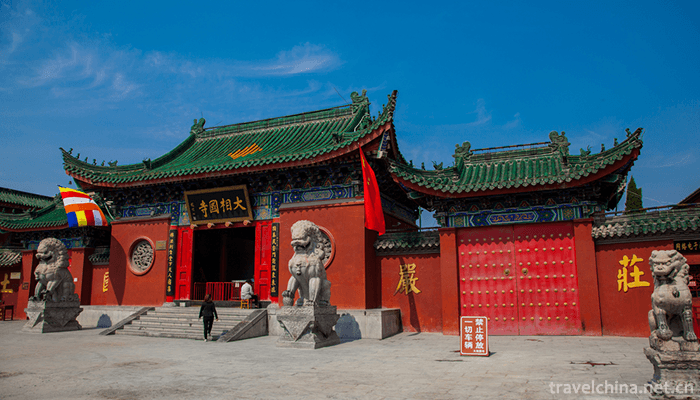

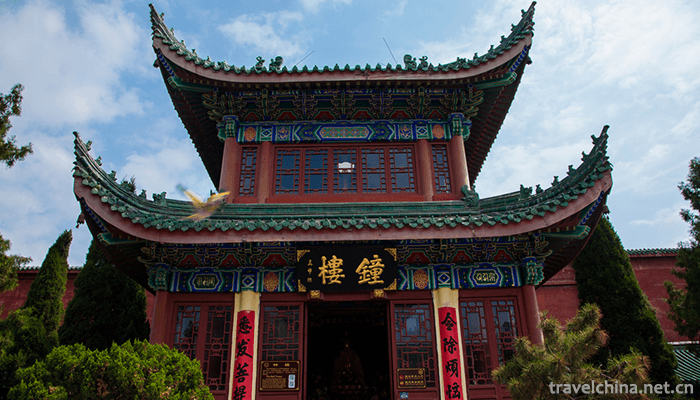
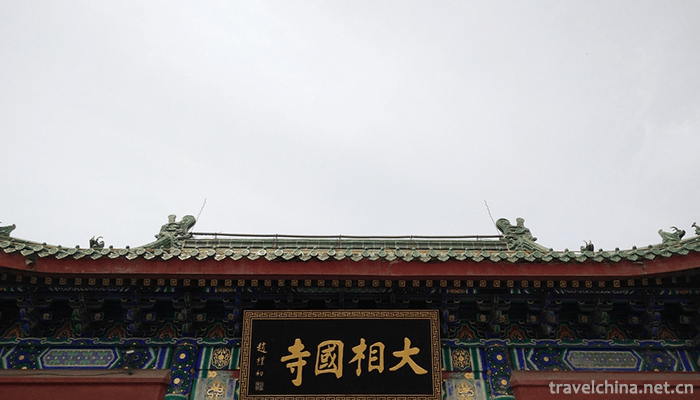
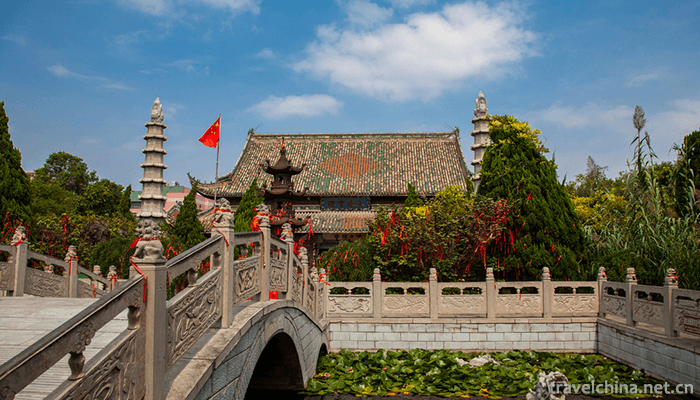
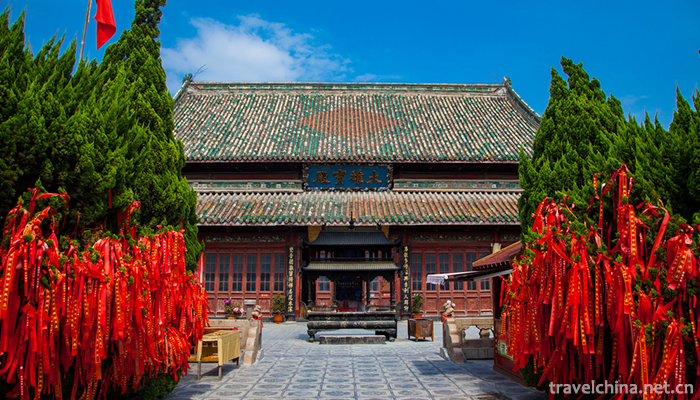
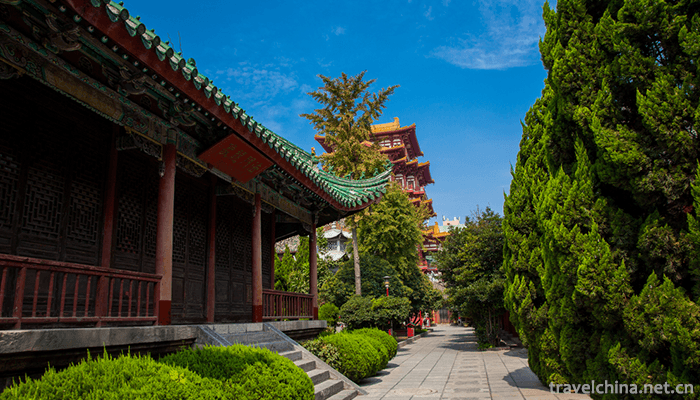

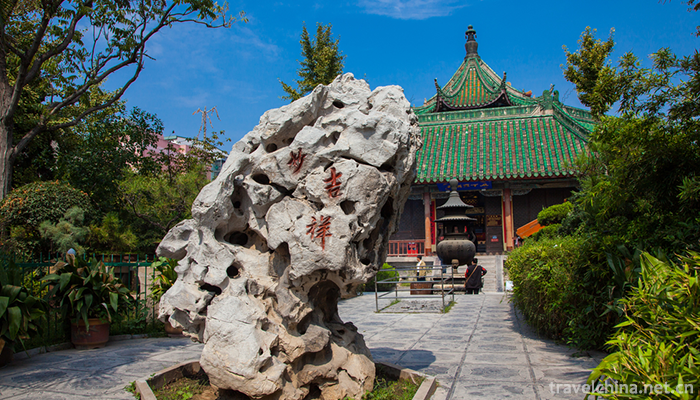
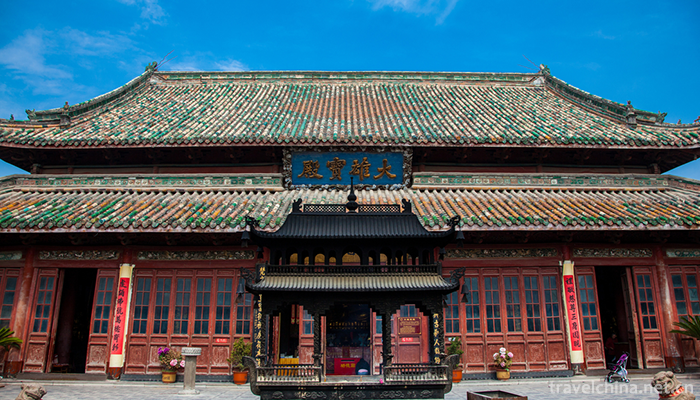

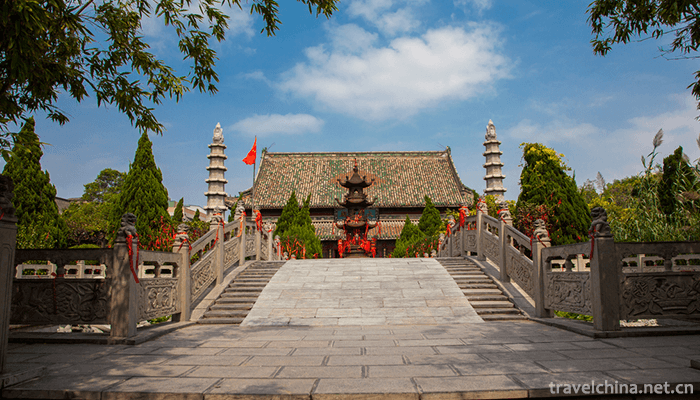
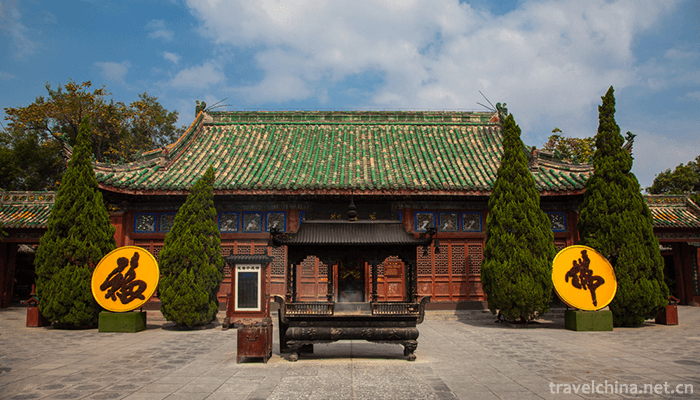
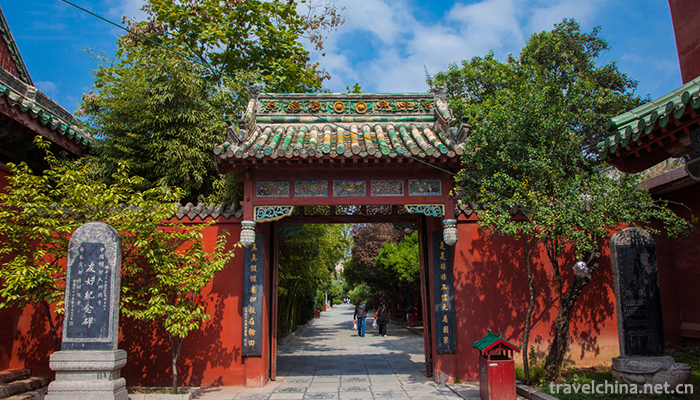
0 Questions
Ask a Question
Your email address will not be published.